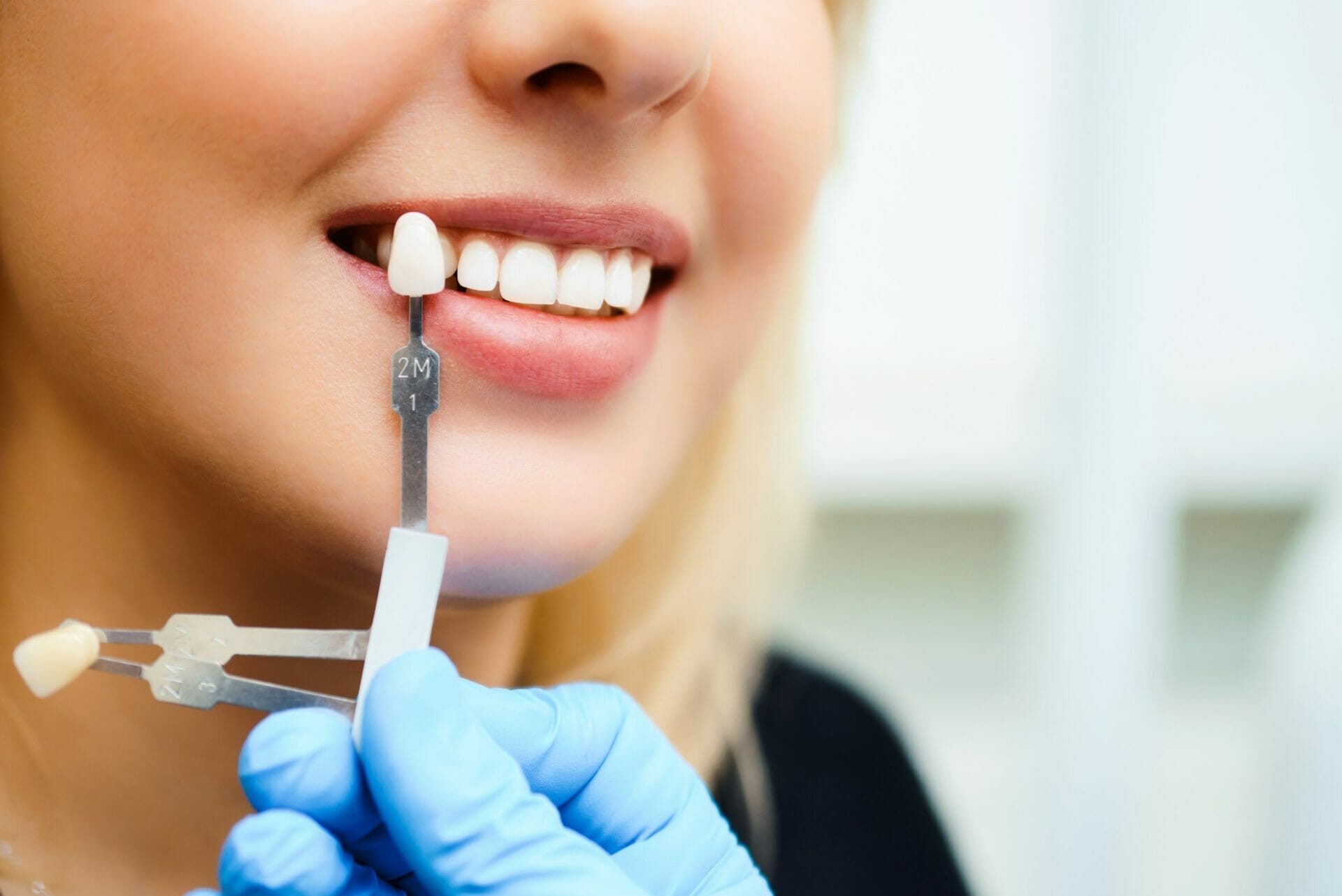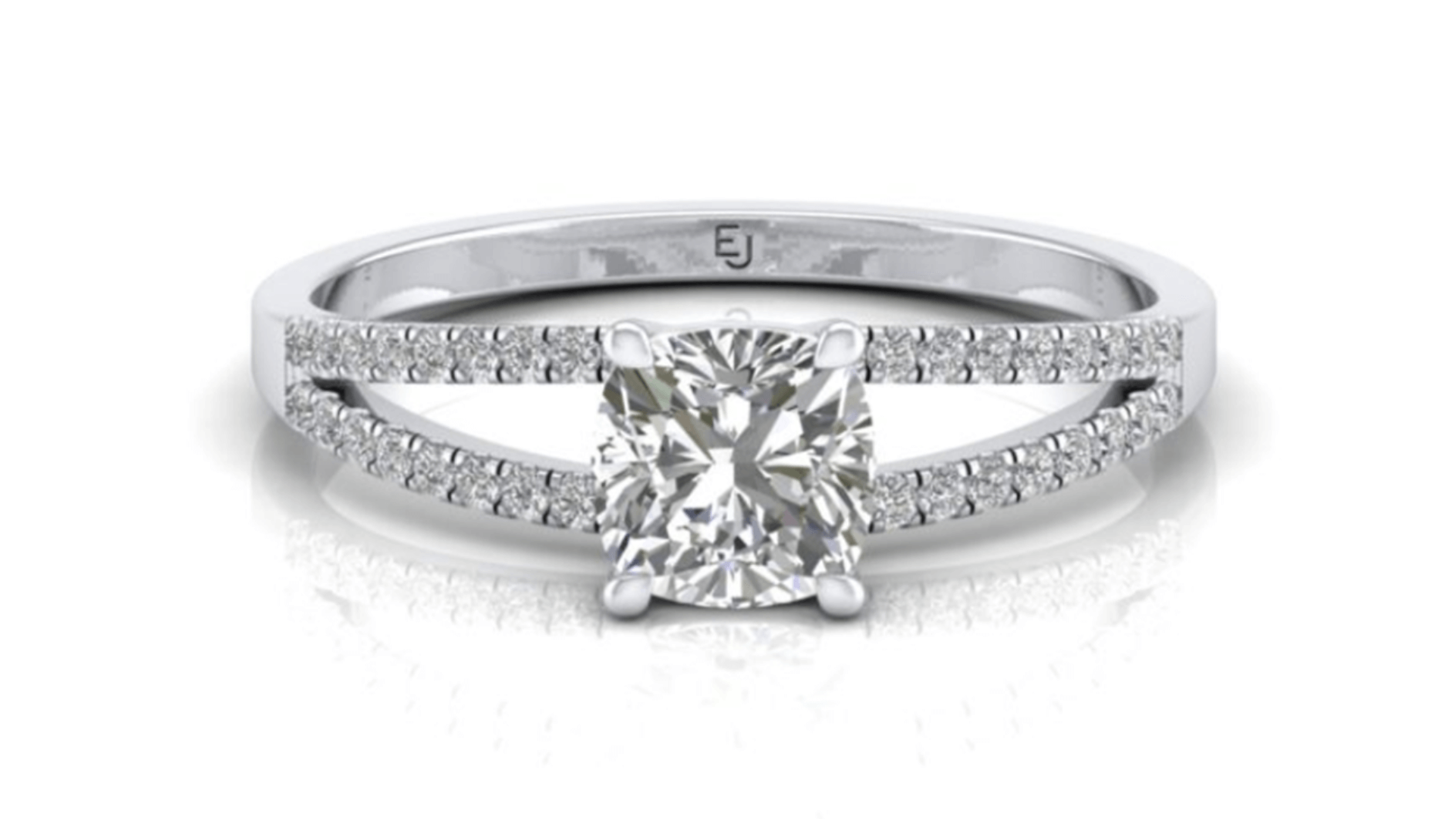 Posted On
Posted On
Can You Whiten Crowns or Bridges?
 Posted On
Posted On
Everyone loves having white teeth. They’re called pearly whites for a reason, after all. There’s something so attractive about the perfect set of teeth that can make someone look more confident and beautiful. This is why people spend so much time and money on ways to whiten their teeth, from over-the-counter products to expensive professional treatments.
Trying to get your teeth looking their whitest is almost like a challenge. Everyone wants to have the best smile they can, and it’s become something of an obsession for many people. It’s not just about looking good, though – having white teeth also helps with self-esteem and confidence in social situations.
There are so many different ways to get your teeth whiter, from at-home treatments like toothpaste or strips to professional options such as laser treatments or bleaching trays that you wear while sleeping at night.
Every method has its own pros and cons when it comes to cost-effectiveness and safety, so it’s important for someone wanting whiter teeth to do their research before making any decisions about which option is right for them.
With all of that said, you might be wondering if your crowns bridges are eligible for whitening. Let’s take a closer look at the answer to that question.
What Exactly Does Teeth Whitening Do?
There are a lot of different treatments for your teeth. From Invisalign to dentures, if you need something done to your mouth, there’s a way to do it. Whitening your teeth is pretty easy, but it’s still not something to be taken lightly. It’s important to understand what teeth whitening does and how it works before you try it out for yourself.
There are a variety of treatments available when it comes to tooth whitening, depending on your needs and budget. Here are some of the most popular treatments:
- Over-the-counter kits:
- You can get one of these from your local drugstore or supermarket and follow the instructions on the box for a quick, easy, and affordable way to whiten your teeth. They typically have everything that you need to whiten your teeth, but make sure to read the box carefully to make sure that the treatment is safe for your teeth.
- Professional whitening:
- This method involves getting a professional to professionally whiten your teeth with either in-office or at-home bleaching trays. It’s more expensive than over-the-counter kits, but it usually yields better results and is overseen by a dentist who can make sure that everything goes smoothly and safely.
- Laser whitening:
- In this procedure, a special type of light is used to activate the gel on your teeth which then breaks down stains faster than traditional methods would be able to do alone. The process takes about an hour or two, depending on how many treatments are necessary for you personally, but it’s one of the most effective ways of quickly achieving whiter teeth without too much hassle involved.
There are also a few myths of things that people think work but don’t that are worth looking at, for example:
- Charcoal:
- Many people believe that activated charcoal is good for tooth whitening. It does not, and you should be extra careful if you’re taking any medications because charcoal can make them less effective or even counter the effects of your medications entirely.
- Baking soda:
- This is another one of those myths that people like to believe in, but it’s not as effective at whitening your teeth as more modern methods. Plus, using too much baking soda on a regular basis can cause damage to the enamel of your teeth due to its abrasive nature.
- Oil pulling:
- This method involves swishing oil around in your mouth for about 20 minutes then spitting it out and rinsing with water afterward; however, this does nothing for whitening and could even be dangerous if done incorrectly or with an oil that isn’t safe for consumption (like motor oil).
There are many reasons why you might want whiter teeth – from looking better to feeling more confident in social situations. Teeth whitening is an easy and relatively inexpensive way to make your teeth look brighter, but it’s important to remember that it won’t work on all types of staining.
There are many things that can cause your teeth to become stained, from the food and drinks you consume to simple aging or wear-and-tear from brushing too hard over time. Here are a few common causes of tooth discoloration:
- Foods and drinks:
- Coffee, tea, and red wine – these are all notorious for causing stains on your teeth if consumed regularly without proper care taken afterward (namely brushing). Even certain fruits like cranberries or blueberries can stain the enamel if eaten in large amounts because they contain a type of pigment called chromogens which attach themselves to the surface layer of your teeth.
- Tobacco use:
- Smoking cigarettes or using other forms of tobacco will lead to yellowing due to not only nicotine but also tar – both substances will cling onto surfaces including those found inside our mouths when exposed for extended periods without regular cleaning habits such as flossing after meals/snacks, etc. This makes them difficult (if not impossible) for traditional whitening methods alone since they need to be removed first before any kind of whitening can take place.
- Aging:
- As you get older, the enamel on your teeth will naturally become thinner and more prone to staining. This is because it wears away over time due to brushing and other activities that involve contact with your mouth (eating/drinking etc.) so regular dental check-ups are important in order to keep track of how much enamel is left on each tooth as well as cleaning up any existing stains or discoloration that may have accumulated already.
Teeth whitening can help make your smile brighter, but it’s important to understand what causes staining in the first place so you can make sure that you’re getting the most out of your treatments.
Is Whitening With Crowns and Bridges Possible?
If you want whiter teeth and you have crowns or bridges, you might think that whitening them is the same as whitening natural teeth. Unfortunately, this isn’t the case. Crowns and bridges cannot be whitened in the same way as natural teeth because they are not made of enamel and dentin like regular teeth are.

There are several complications with trying to whiten crowns or bridges:
- The material from which they’re made can become discolored over time:
- That’s right, even crowns and bridges can become discolored over time, as the material they’re made from is not immune to staining. This means that whitening them isn’t always an option.
- They don’t respond to traditional whitening methods:
- Since they aren’t made of enamel or dentin like natural teeth are, traditional tooth-whitening treatments won’t work on them either – those only work on regular teeth because they lift away surface stains and reveal whiter enamel underneath. Crowns and bridges just don’t have this type of layer so it’s impossible for them to be brightened in this way.
- The color can vary significantly between brands:
- Different brands use different types of materials when making their crowns/bridges which affects how well it will respond (or not) to any kind of tooth-whitening treatment you might try out later on down the line – make sure you ask your dentist what kind was used before attempting anything else!
- It could damage the restoration itself:
- Trying something like a chemical whitener or bleaching tray could do more harm than good; these treatments are designed specifically for natural teeth so using one with restorations may actually cause further discoloration or even damage to the restoration itself.
So if whitening your crowns and bridges isn’t an option, what can you do to make them look brighter? The good news is that there are a few options available for people in this situation.
Here are some alternatives that you can use instead of traditional whitening treatments:
- Work with your dentist:
- It is imperative to find a dentist that is willing to work with you and your unique needs. Your dentist can work with you to develop a personalized plan to help make your crowns/bridges look brighter, such as using composite bonding or porcelain veneers.
- Porcelain Veneers:
- If the discoloration of your restoration is severe, porcelain veneers may be an option for covering them up and giving you a whiter smile. These are custom-made pieces of ceramic that fit over the top of existing teeth in order to provide a more uniform appearance; however, these do require some filing down so it’s important that this process is done by someone who knows what they’re doing.
- Composite Bonding:
- This involves applying layers of composite resin (a type of plastic) onto existing teeth in order to cover any discolored areas or chips/cracks; while not as long-lasting as other options like veneers, they can still provide good results if done correctly – plus they don’t require any filing down which means less damage potential overall!
Finding What Works
Everyone’s different, and your crowns or bridges might be different than someone else’s. Ensure that you pick the best option for you in this scenario can help you out a lot in the long run.













